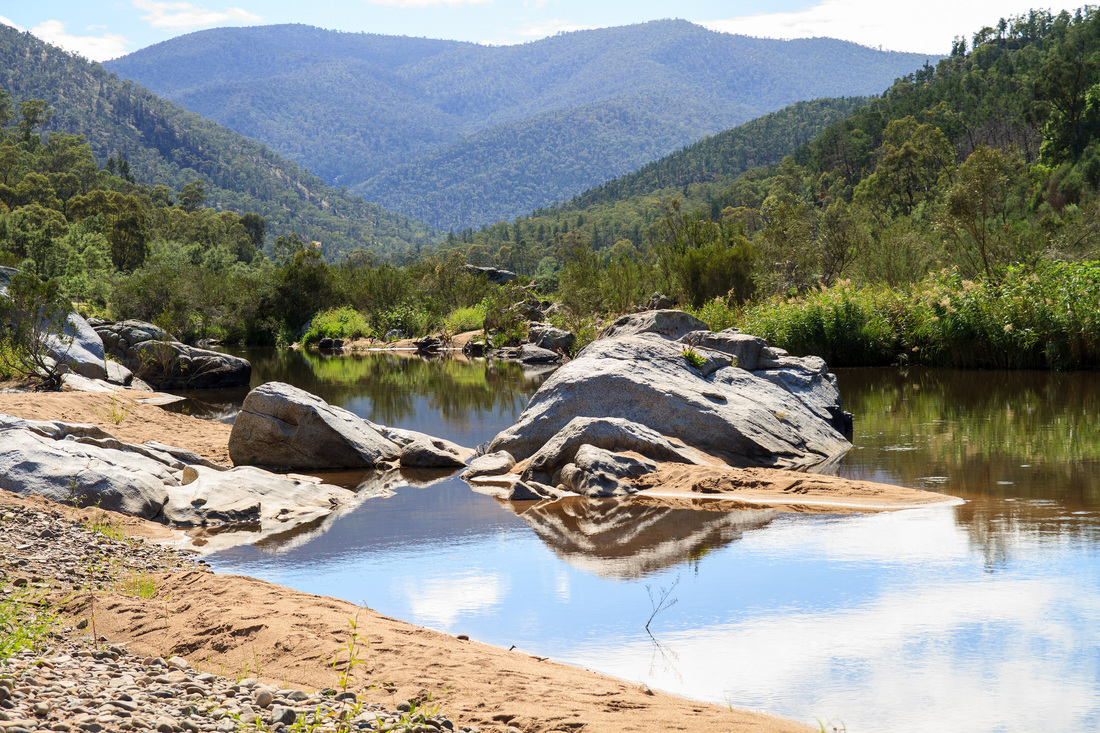
I’ve pared our list of things we need people to help us with down to nine essential transport and food related tasks, a few “it’ll make everything so much easier” things and a couple of nice-to-haves. Most of these fall into five or six clusters (e.g. three tasks in one cluster might be: bringing a food drop to Buchan, picking us up from the river and driving us into town, maybe checking out the caves with us, then driving us back to the river a day or two later). Hopefully we will get most of this organised over the next month or so.
Gear: We are a bit behind with getting our gear together, mainly because we spent all our money on fun things like canoeing and Champing. We visited the Alpkit warehouse/showroom a couple of months back and it was fantastic! We’d been thinking of getting an Ordos 2 tent for this adventure, but the Ordos 3 is so much more spacious and almost free standing, with only a slightly bigger footprint and an extra 300g of weight. Decisions, decisions! Now we just have to save more money . . . We did get a Brukit (and then, several weeks later, some gas) which works a dream for cups of tea and instant noodles; soon we’ll try it with something more substantial. Also, we have bought travel insurance, woohoo! (I know, it’s not exciting, but it’s one of those things you just have to do.) As we often have before, we used World Nomads.
Adventure time: My dad has sourced us a couple of tractor tyre inner tubes for the downstream sections. Who doesn’t love the idea of inner tubing down a river?! Adventures don’t have to be Serious Business At All Times. I’ve also done some more in-depth route planning, which means I have a list of maps to buy, and also the following conundrum to work out . . .
Tulloch Ard? More like Tulloch Hard!
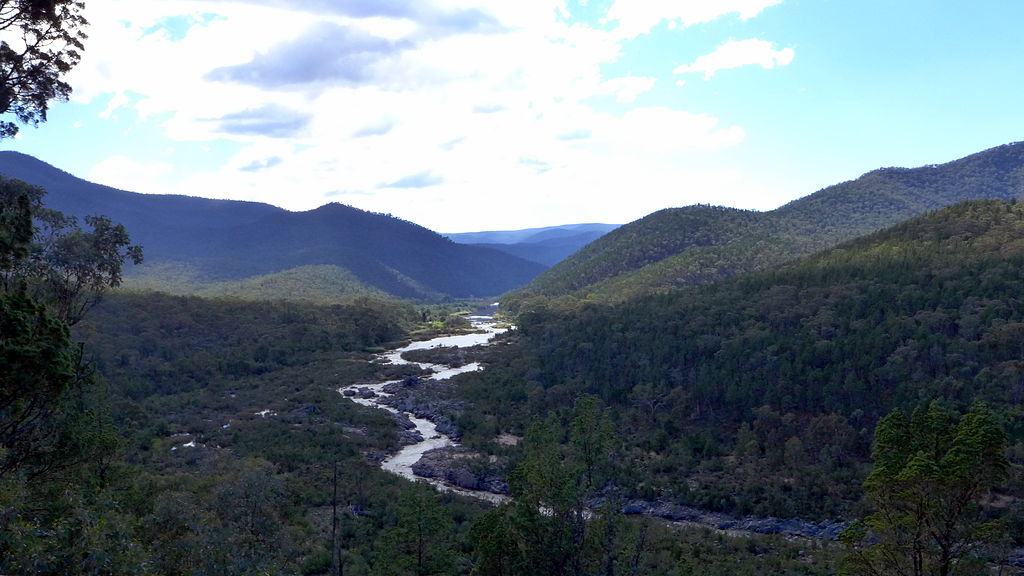
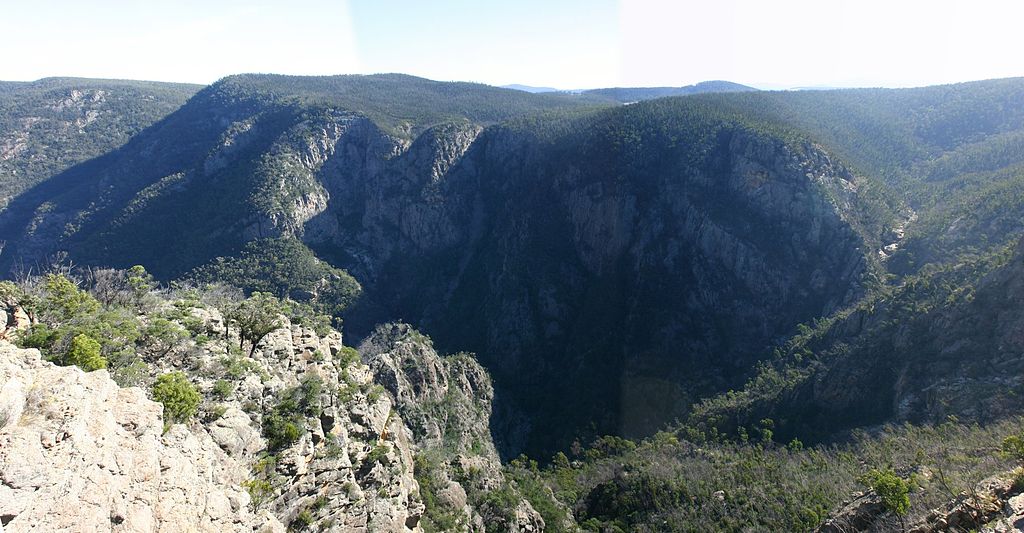
The benefit of having our own packraft/s is that we wouldn’t have to rely on many other people - in fact, we could use the boats all the way down the river, whenever we wanted. Also, they’re apparently pretty comfortable to sleep on! The downside to this is that it’s expensive to buy decent packrafts, paddles, floatation vests and possibly helmets - and it’s pretty heavy to lug around all that stuff if you’re not using it. Also, we’re more interested in walking and scrambling than paddling; having packrafts with us would really change the timbre of our adventure. Also, if you’re paddling whitewater without a qualified guide, insurance companies start charging massive premiums - or simply won’t cover you. (You might see why when you watch the following video! This is not usually what the river is like - this was filmed during one of the big environmental water releases.)
Unfortunately, while I'd convinced myself and Dan that this was going to be our best option, convincing a company to hire the equipment to us, especially when the water levels might be quite low after summer, was another matter. I can’t say I blame them for their reluctance (I know we’re safety conscious and won’t be stupid; they don’t). After a couple of failed email threads and awkward early morning international phone conversations, I started to get pretty anxious and considered ditching the section entirely. There was only one other option . . .
After tying myself in knots trying to organise the paddling malarky, it turned out that perhaps we could get along most of the section on foot after all. And where it’s not feasible to stay right beside the river, we could engage in a bit of cross country bushbashing. I went back to my timeline and maps, made some measurements, checked for tracks and access roads and eventually decided that we could probably still get to the Buchan River on the day we originally intended. Yes, there would be a few long, hard days of walking, but by that point in the trip we should be fitter than we have been for years (if not ever!), so hopefully it wouldn’t be too bad. We might also choose to walk the last long day along tracks and roads instead of along the Snowy itself, but I’m not going to stress about it - after all, it’s not meant to be a scientific survey of every metre of the river!
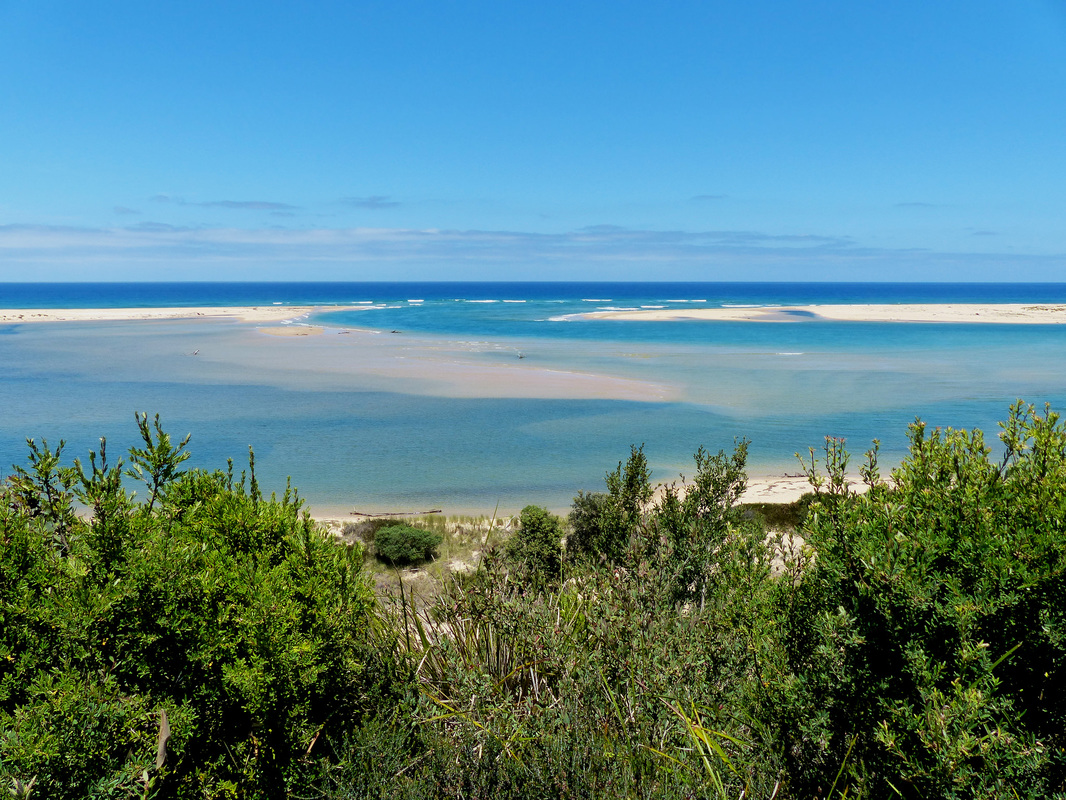
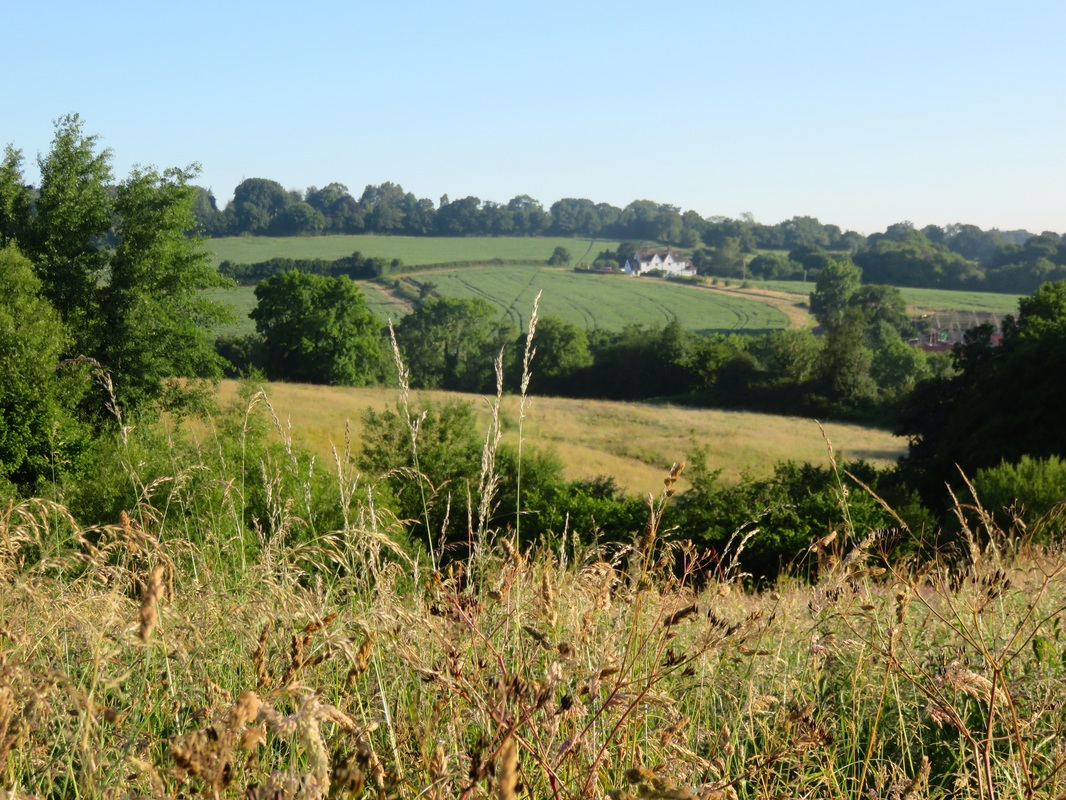
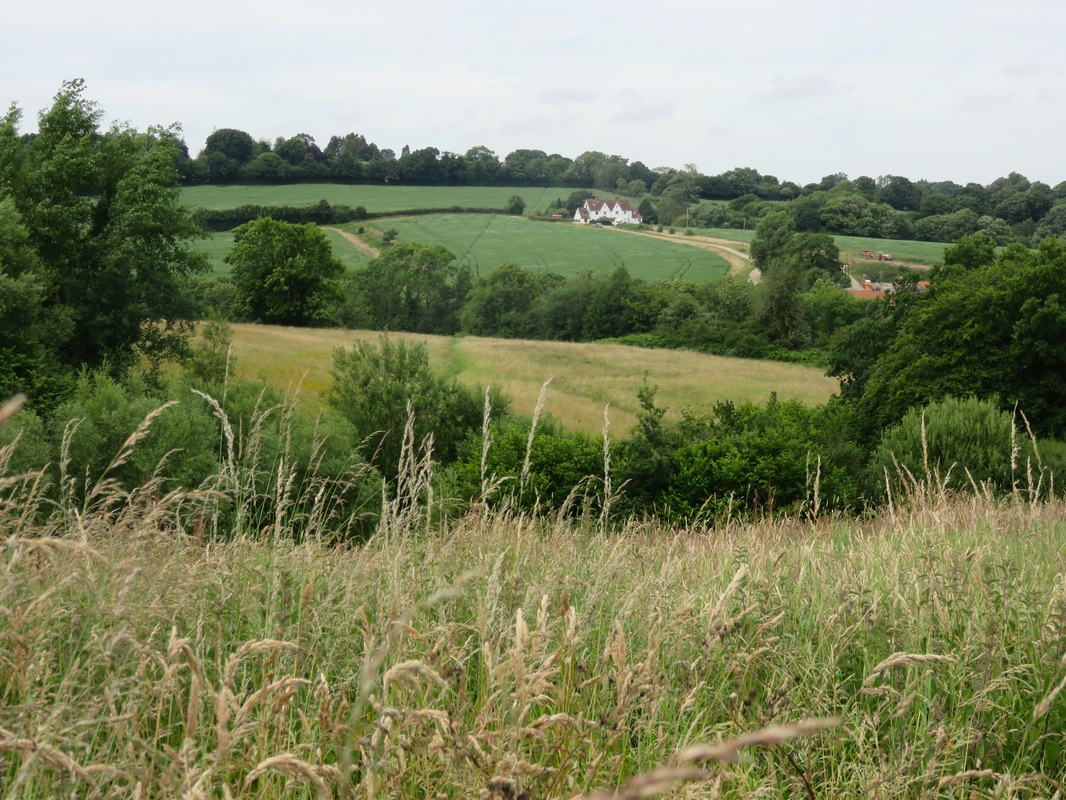
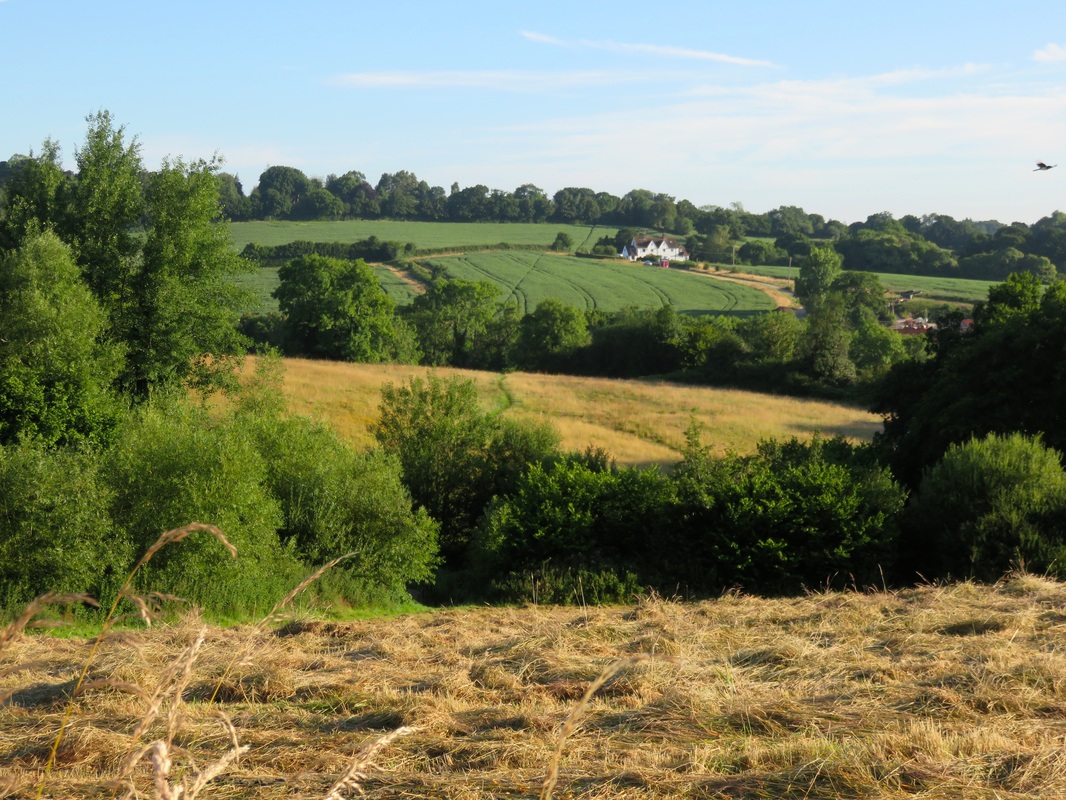
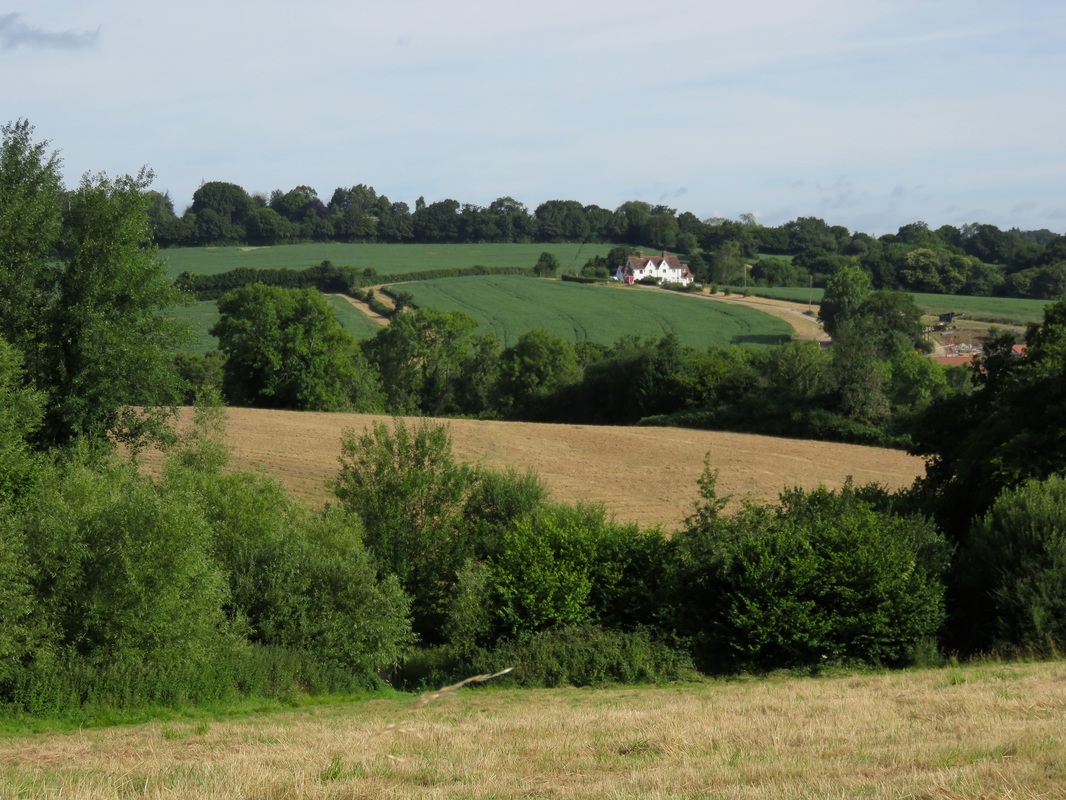
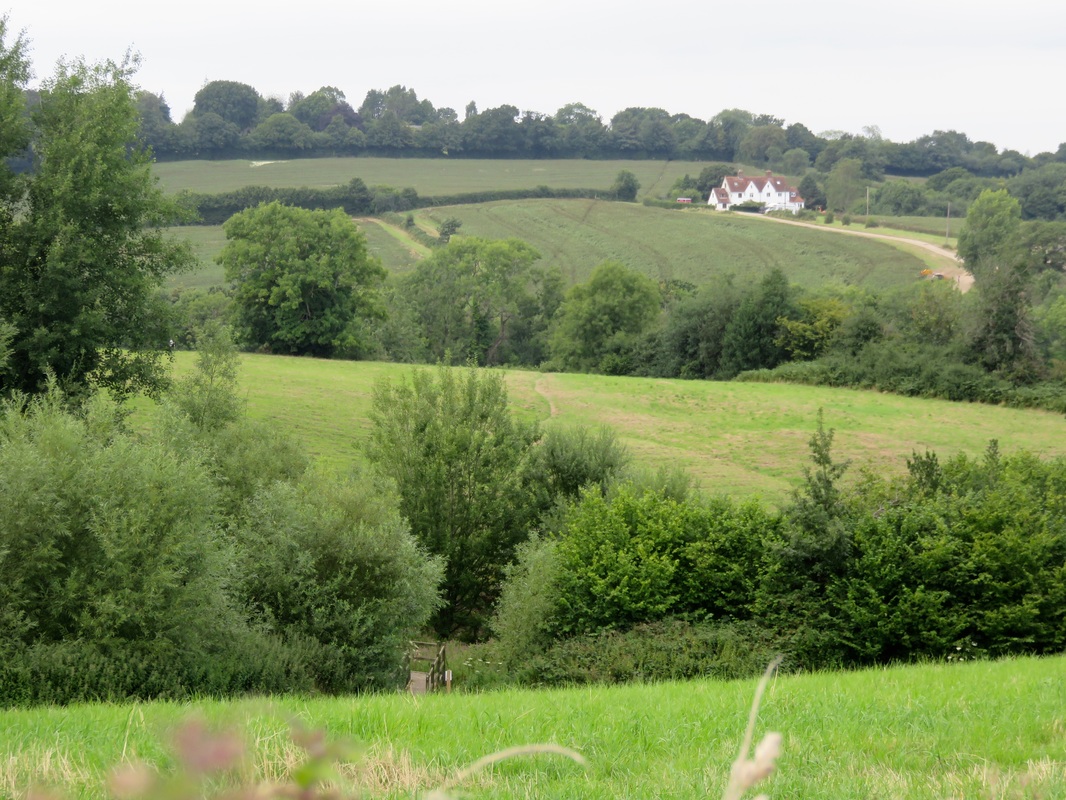
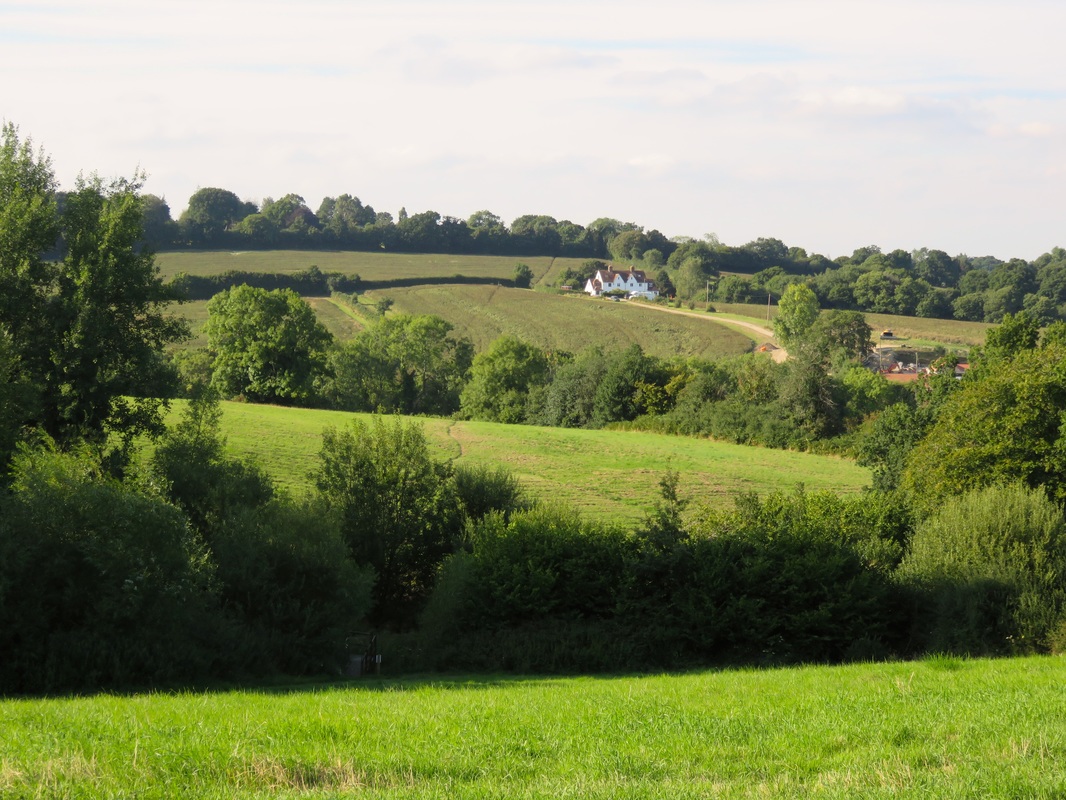
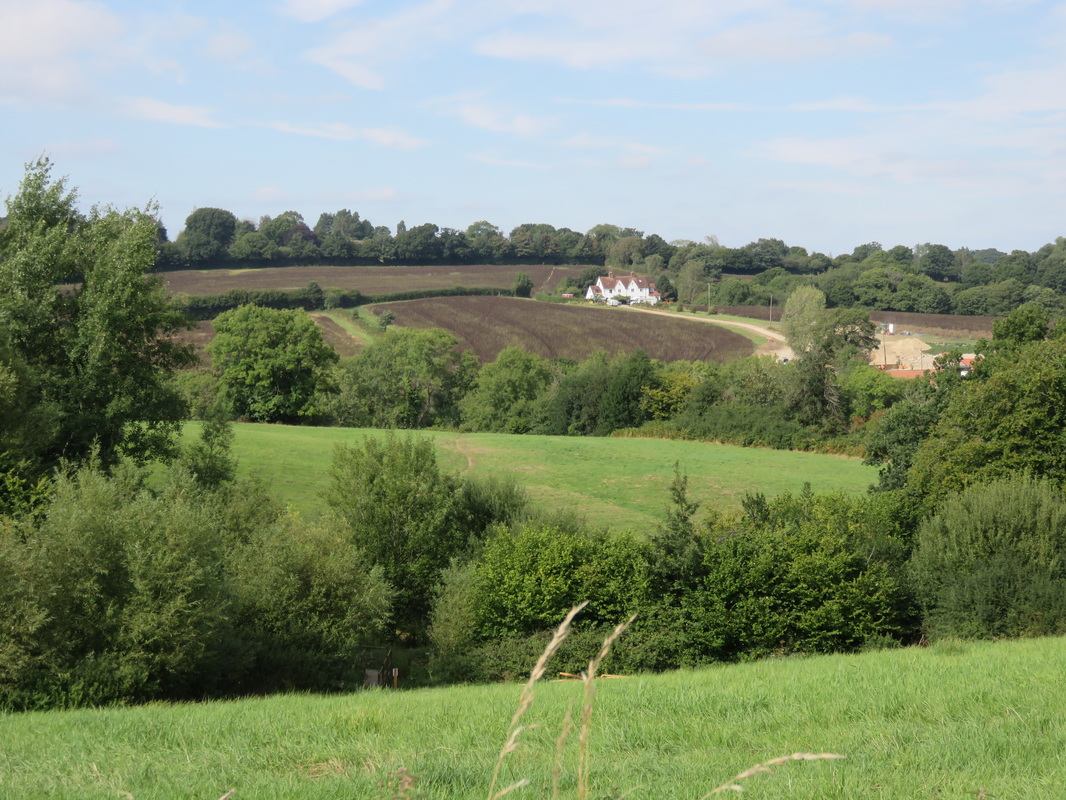
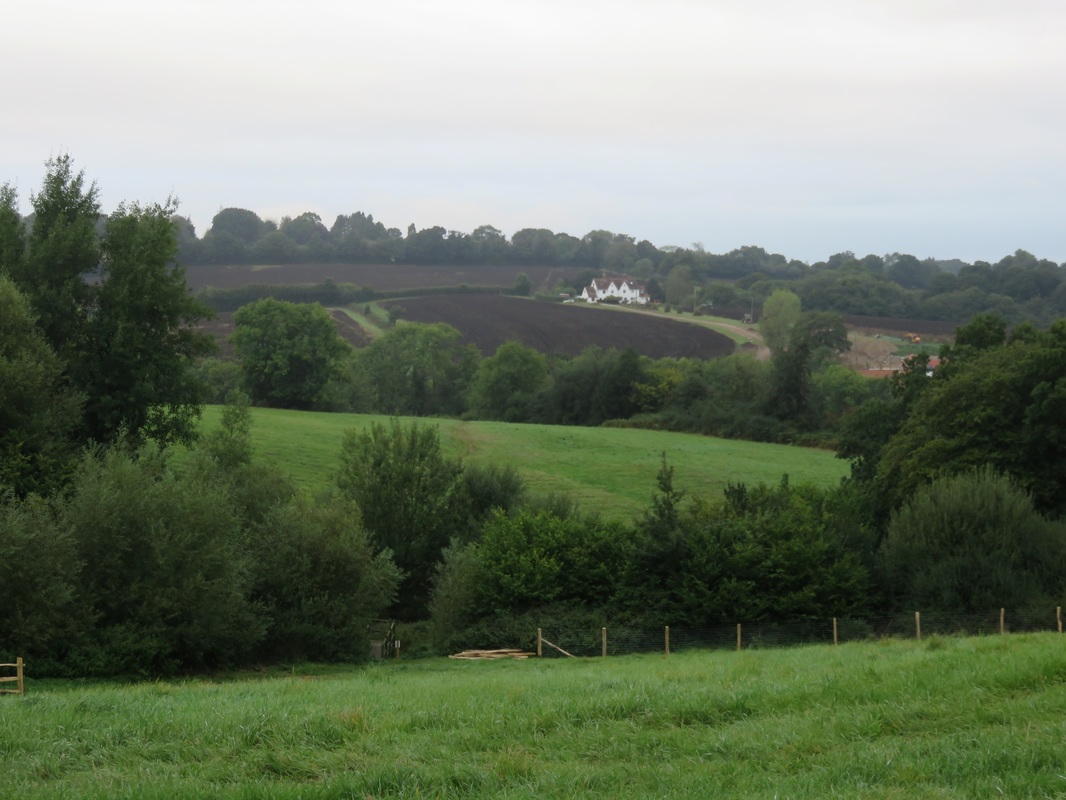
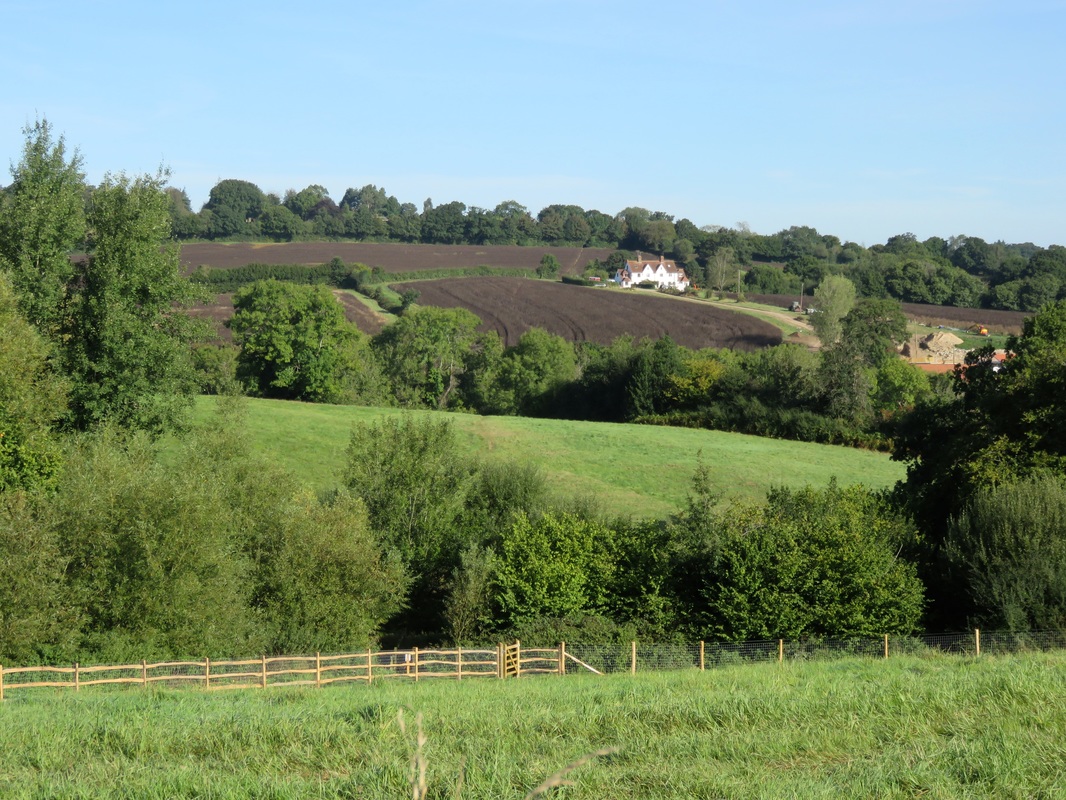
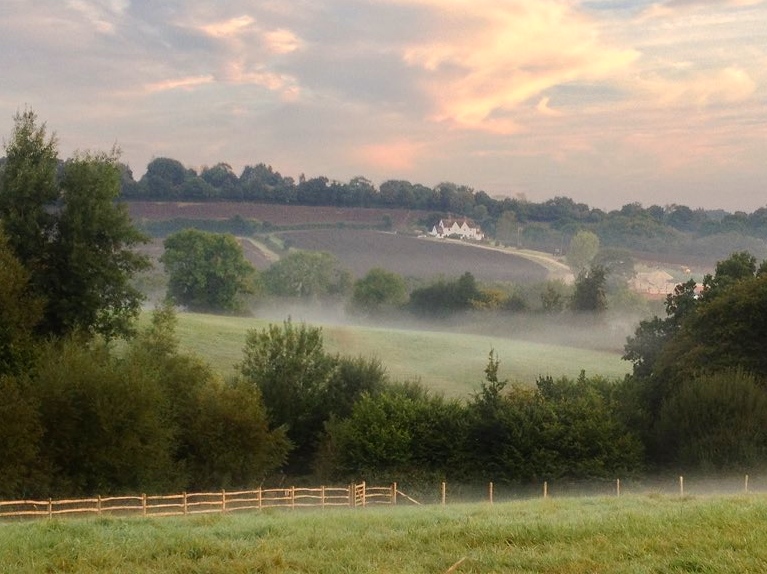
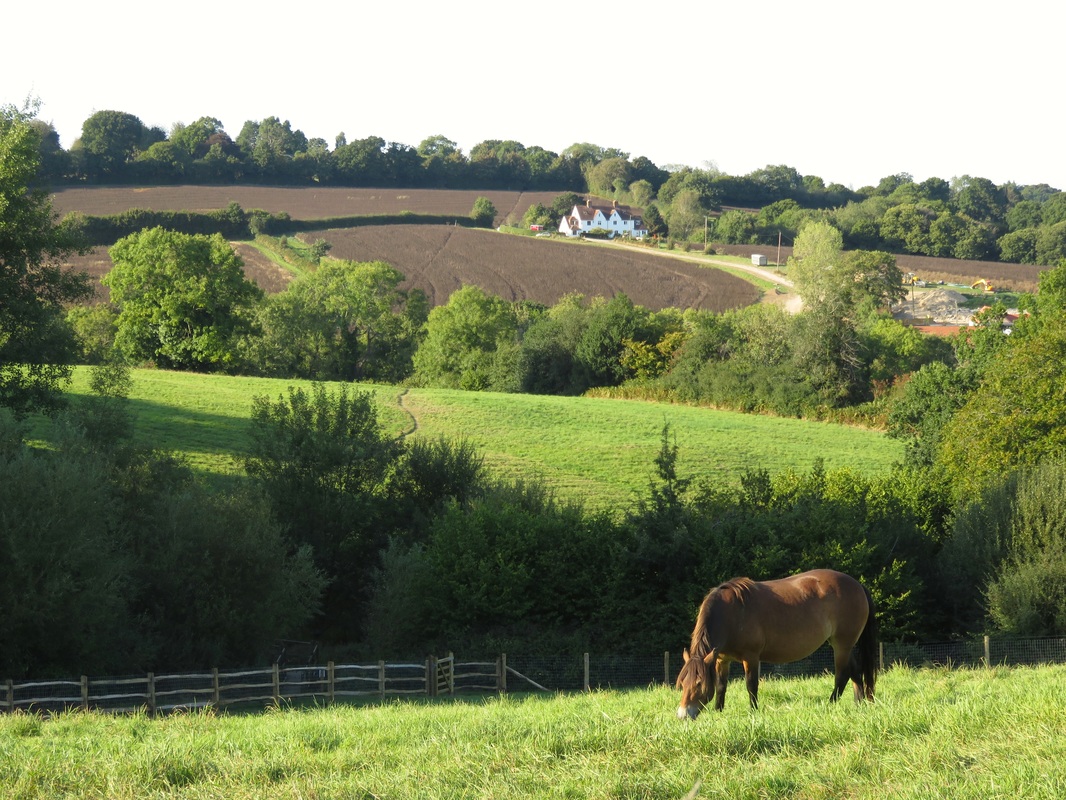
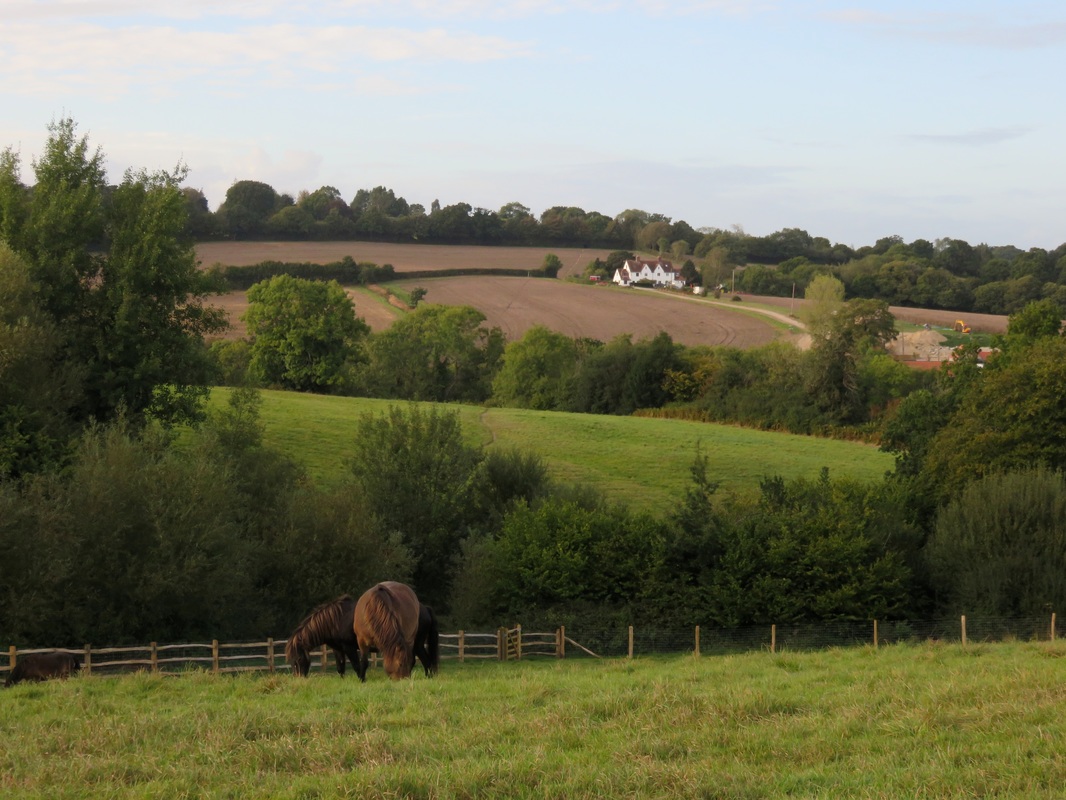
 RSS Feed
RSS Feed
